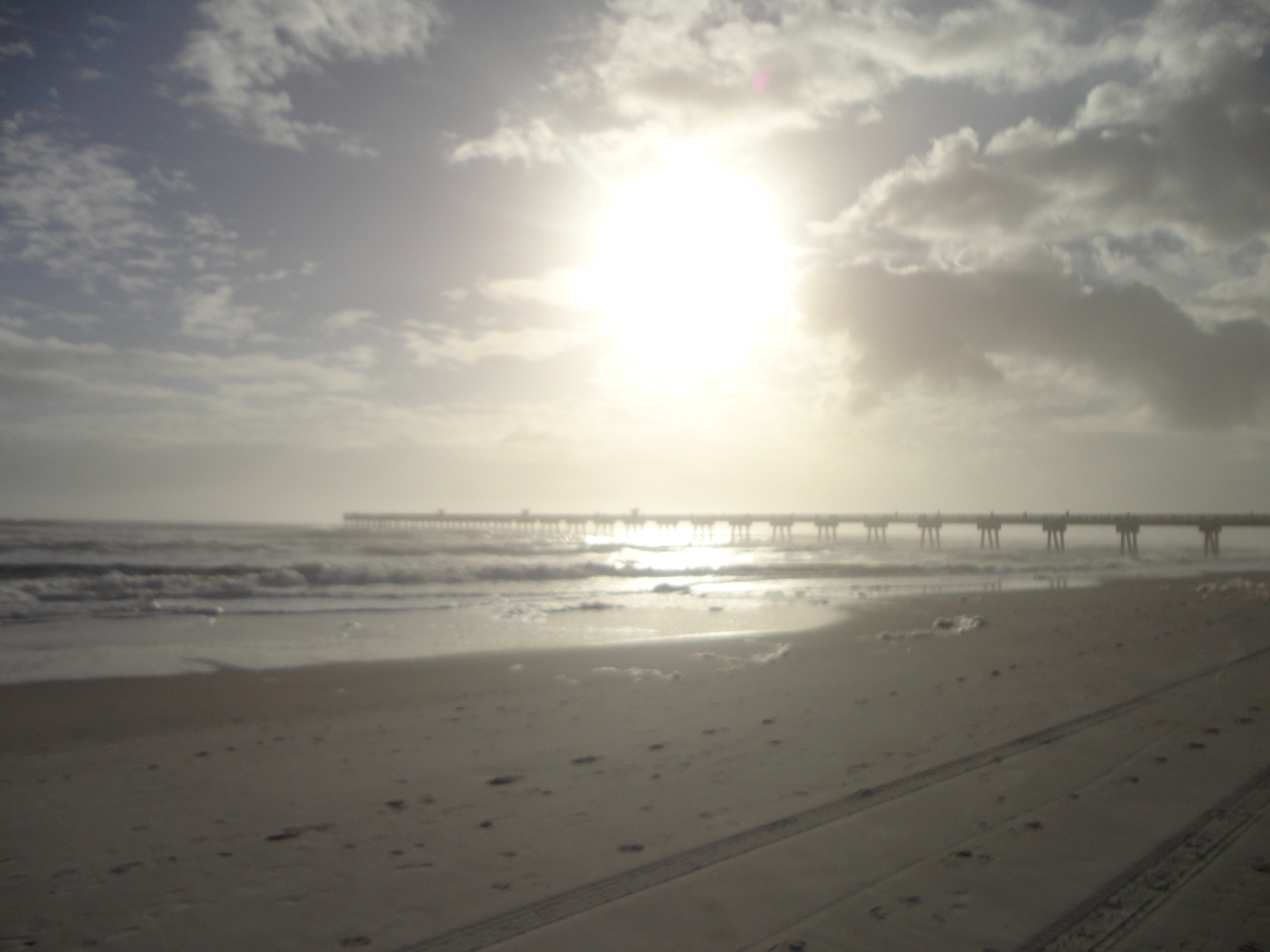Jacksonville Beach, a historic place

When walking the shores of Jacksonville Beach if you sit and watch the waves roll in it is easy to lose track of time and think about who has come and gone in this historic place.
“We have seen lots of history here,” Dr. van de Gutche the Executive Director of the Beaches Museum said, “Ponce de Leon first saw land when he arrived from Puerto Rico. The Spanish called this La Florida because they arrived around Easter and the land was in bloom.”
Arriving in March of 1513 Ponce de Leon was the first documented European to arrive in the New World. Shortly after in 1562 the French came looking for a Protestant settlement. The Huguenots lead by Jean Ribault arrived and returned two years later and to form Fort Caroline. “Then the French settlement was driven out by Pedro Menendez, the founder of St. Augustine.”
The Spanish influence changed the face of Florida forever with the introduction of cattle and citrus. They raised sheep, pigs, ducks and cotton, sugar and indigo. Together with the French, Indians and British, northern Florida became a melting pot.
Before the Europeans ever arrived, the Timucua Indians were in Florida. These Indians adorned themselves and tattooed their skin and wore deerskin. The first encounters with the French were friendly, but this did not last. Over time through fights with the French and Spanish and destruction by disease, the first inhabitants of Jacksonville Beach became extinct.
When the British arrived in the 18th century, Dr. van de Gutch said they used the land for cattle farming and were instrumental in feeding the army during the Civil War. “In the 1880’s things took off with the railroads and grand hotels popped up as Florida became a tourist destination for the wealthy in New England and Europe.”
Neptune Beach, Atlantic Beach, Jacksonville Beach and Ponto Vedra and Palm Valley were settled. “Palm Valley was where the palm fronds were grown for Palm Sunday.”
As far as Jacksonville Beach, it was originally known as the town of “Ruby” around 1884 and was so named by W.E. Scull, a railroad surveyor for his daughter. By 1885, the railroad and depot were completed and ‘Ruby’ was transformed into a tent city as crowds of beachgoers arrived with tents in which to live. By then the town was renamed Pablo Beach, after the San Pablo River, a name it kept for nearly 30 years, before settling in as Jacksonville Beach in 1925.
Today the beach is filled with surfers, walkers and other water enthusiasts. A hundred years from now will they wonder who walked these shores?



